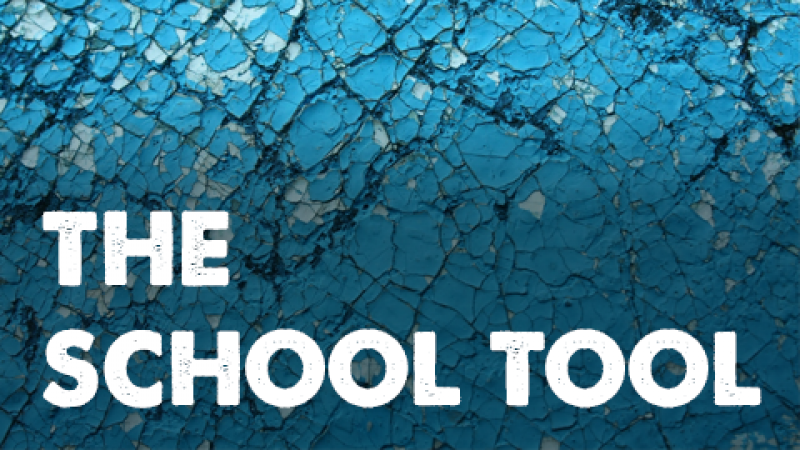When Education and the Digital World Collide

It's been a long standing belief for me that while people my age have had to learn how to use technology to come up with impressive and out there ideas, children are being born into this and the technology we have today is the foundation on which they build their knowledge - before they themselves push the boundaries!
It's estimate that in the next decade, 75% of jobs in the fastest growing industries will need Science, Technology, Engineering and Maths (STEM) [https://www.innovation.gov.au/audience/young-australians]. Because of this, technology plays a bigger part (or definitely should do) in our education system than even just a few years ago.
While that is the case, it seems to me that there is often a mismatch between what schools are teaching, and what they are doing. In particular, I see many schools which either have no website at all, or the website they have is very basic and static.
Websites provide a huge opportunity for students, teachers and parents to all interact with each other and with the teaching material in a digital way. There is a huge opportunity for schools to push the boundaries themselves, to get students thinking about how they could use the internet to learn better, faster or even in a way which is tailored to the individual needs of each student.
From the schools that I have spoken with, a large contributing factor to the lack of integration between the school website (if one exists) and the every day learning environment is the cost. Particularly in smaller regional schools, having and maintaining a professional, relevant and useful website is simply not affordable.
For that reason I've built The School Tool. I believe that every school should have a professional and relevant website, that it should be easy to use and maintain, but that it should also promote and encourage students, teachers and parents to push the boundaries, to realise what is possible through a website and ask for more.
By pushing the boundaries, by requesting functionality which will help to improve the digital world of our students, it will in turn generate a collaborative environment whereby students themselves are coming up with the processes, the answers and working with the people who can make it happen.
When pushing the boundaries of technology becomes something we not only allow and encourage students to do, but also facilitate to happen, we will see things we've never seen before. We'll see the imagination and determination of the students, we'll see innovation, engineering and problem solving like never before.
It's an exciting time to be in the technology industry and I can't wait to see what's around the corner...
